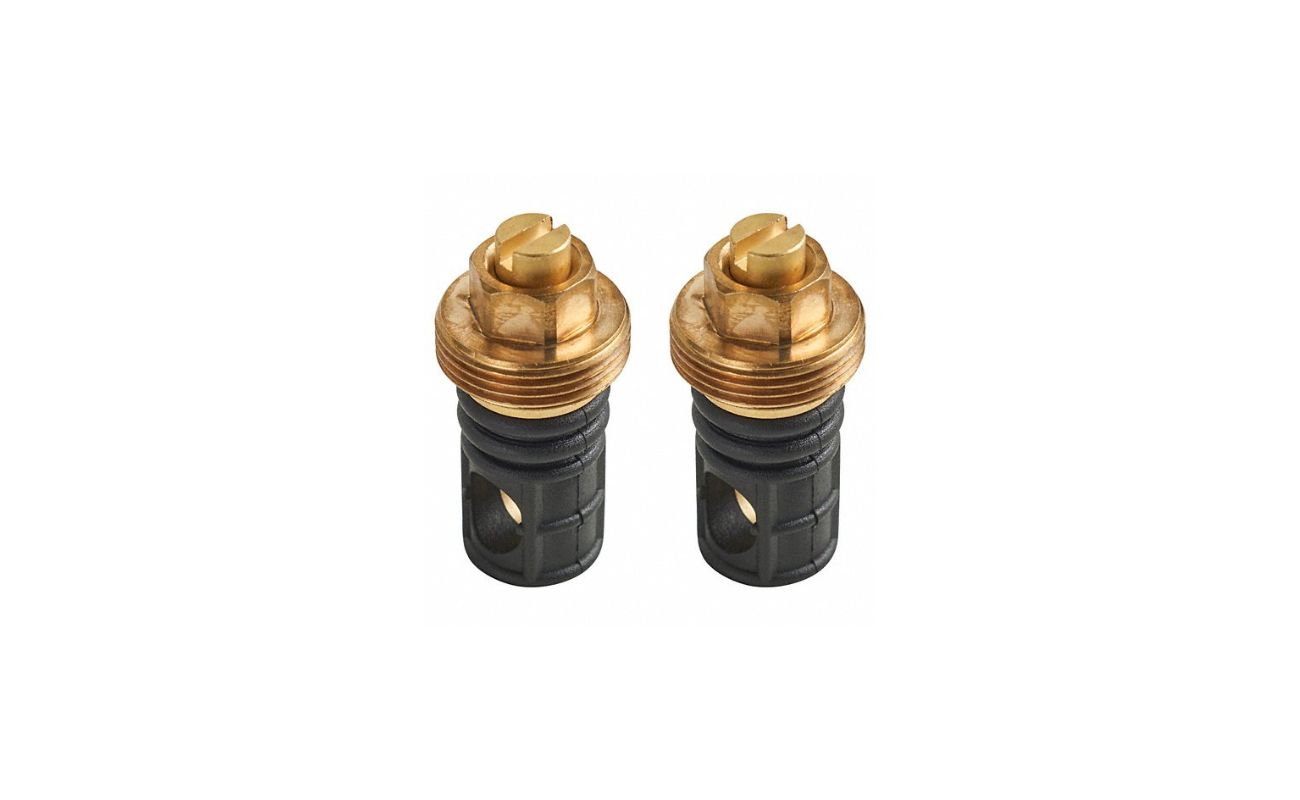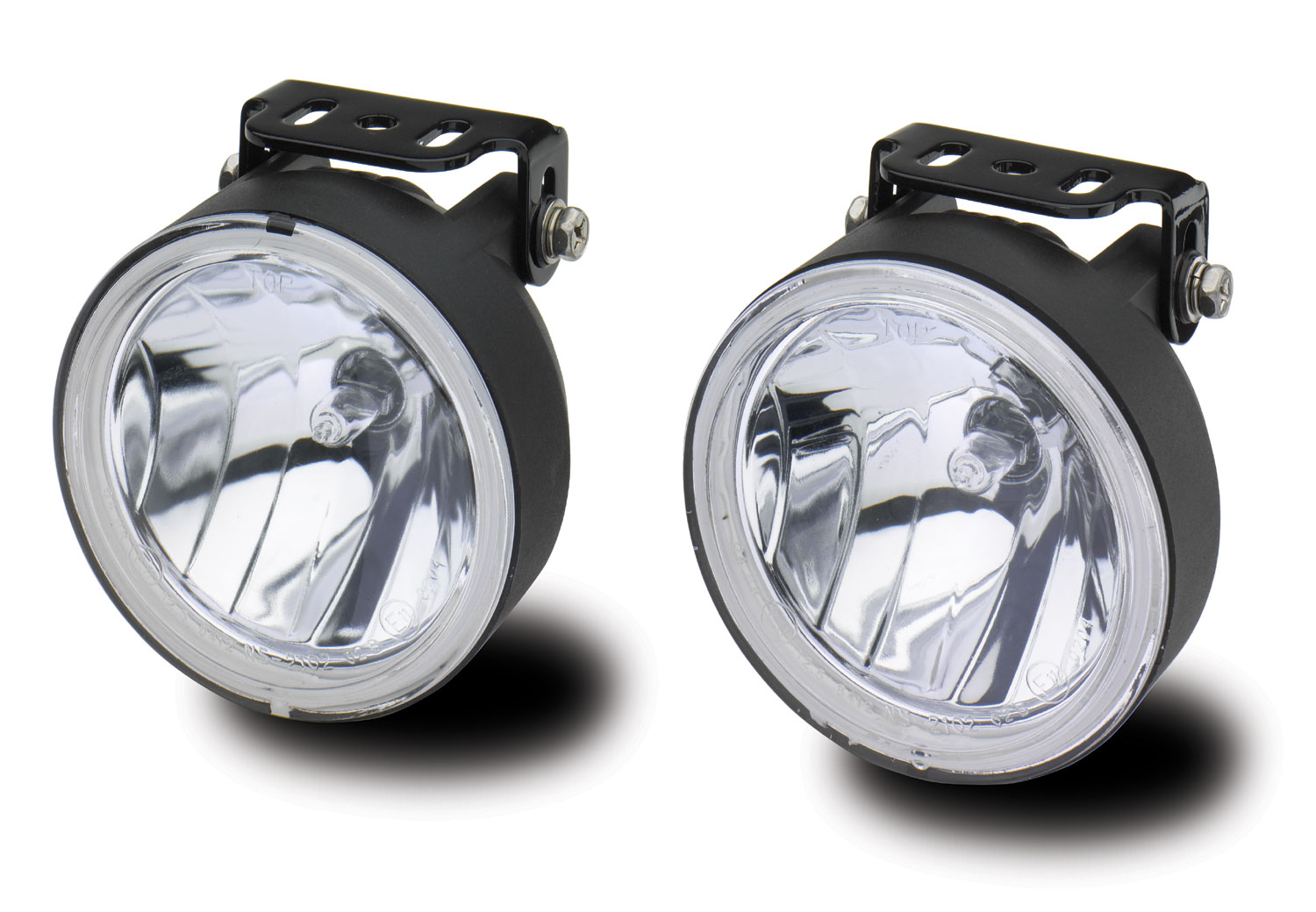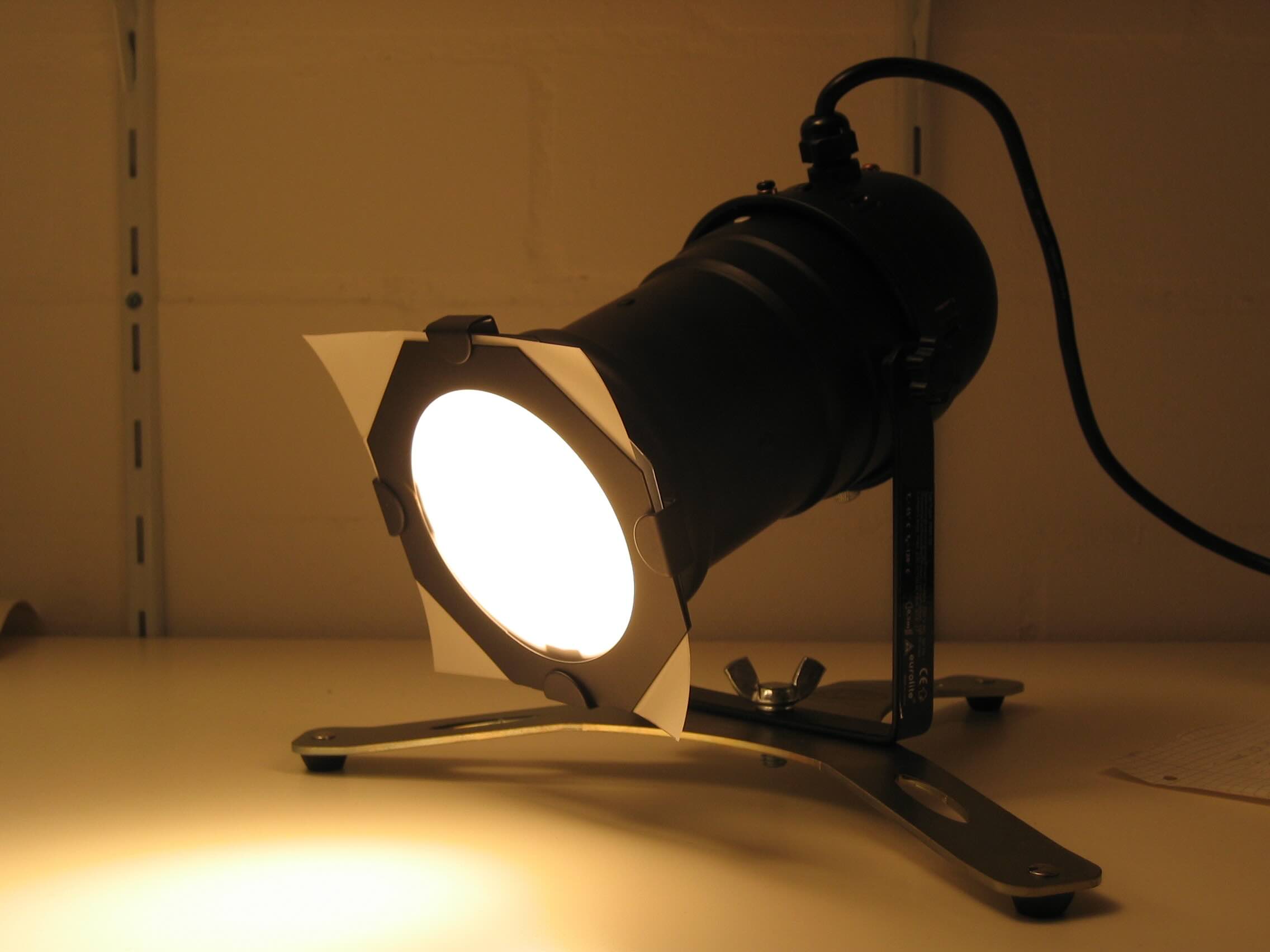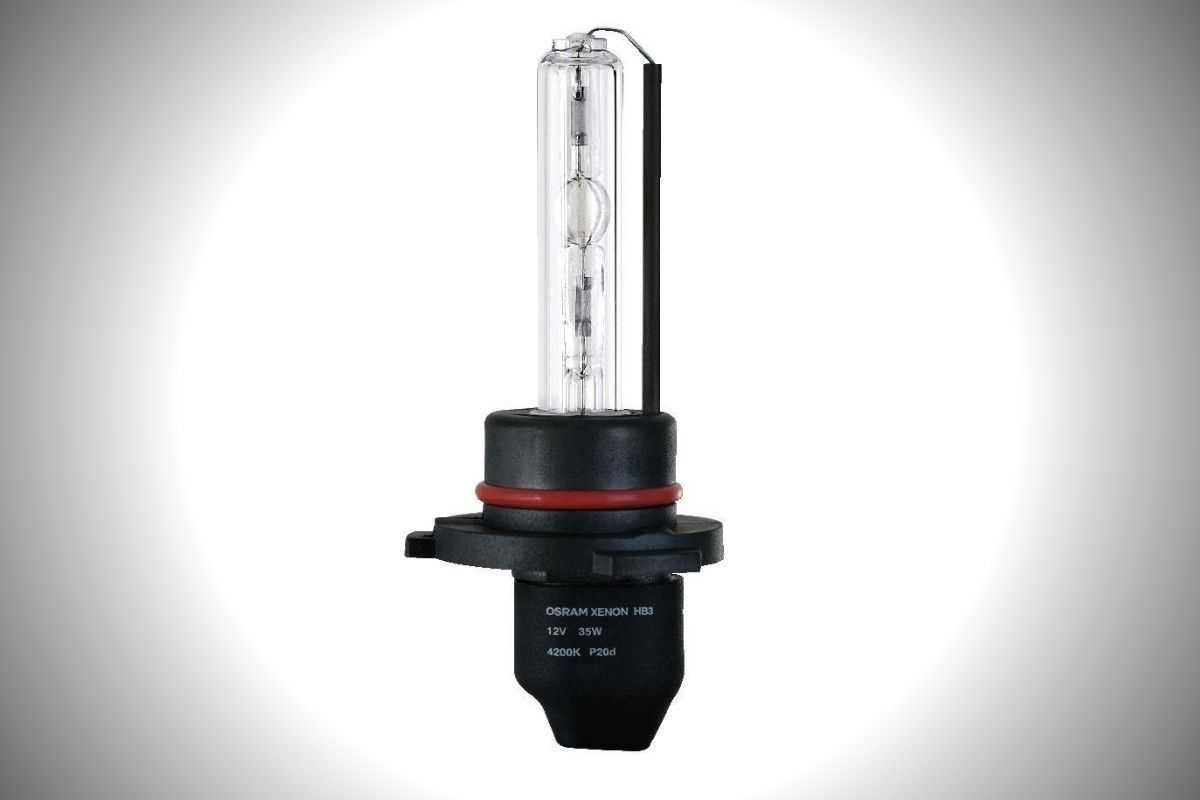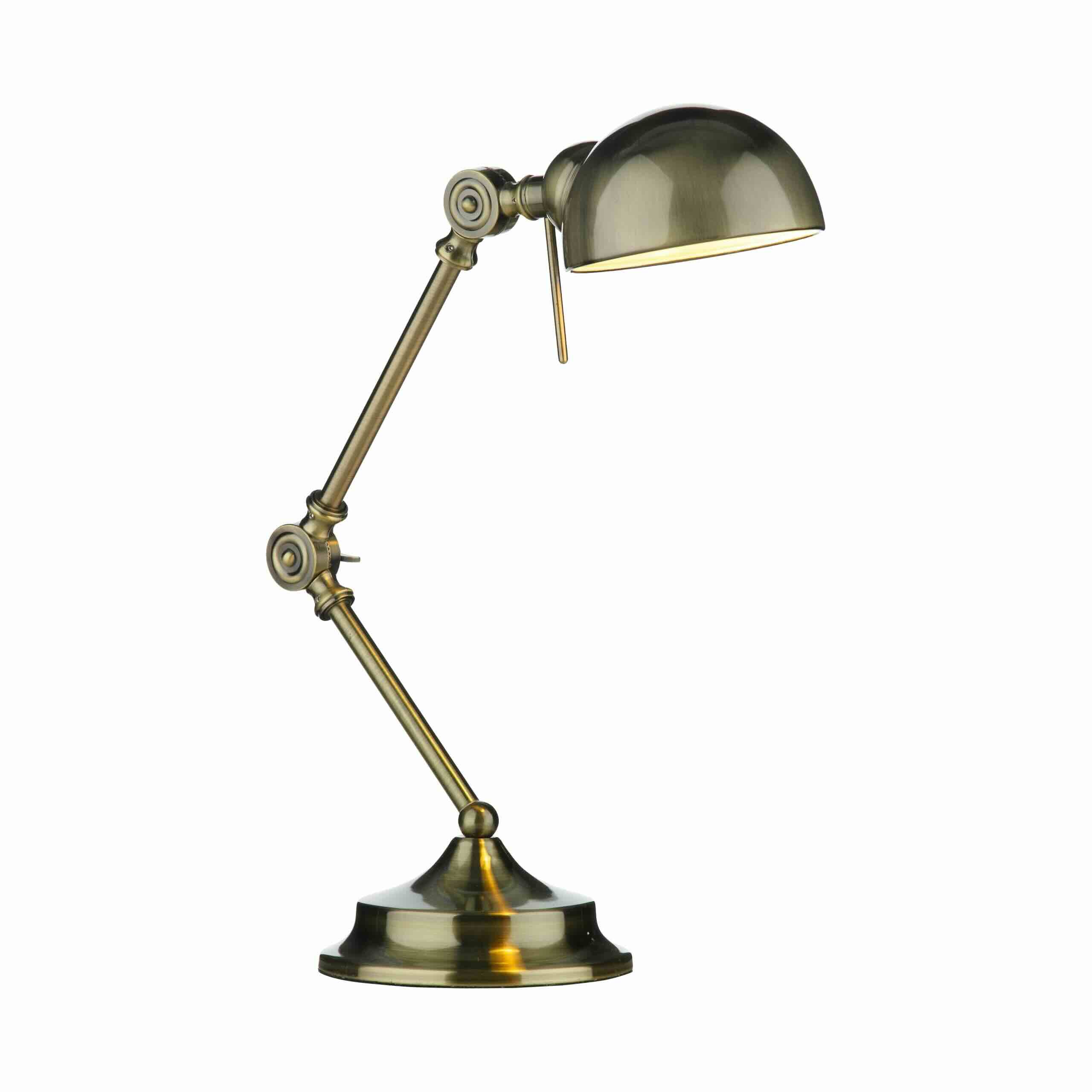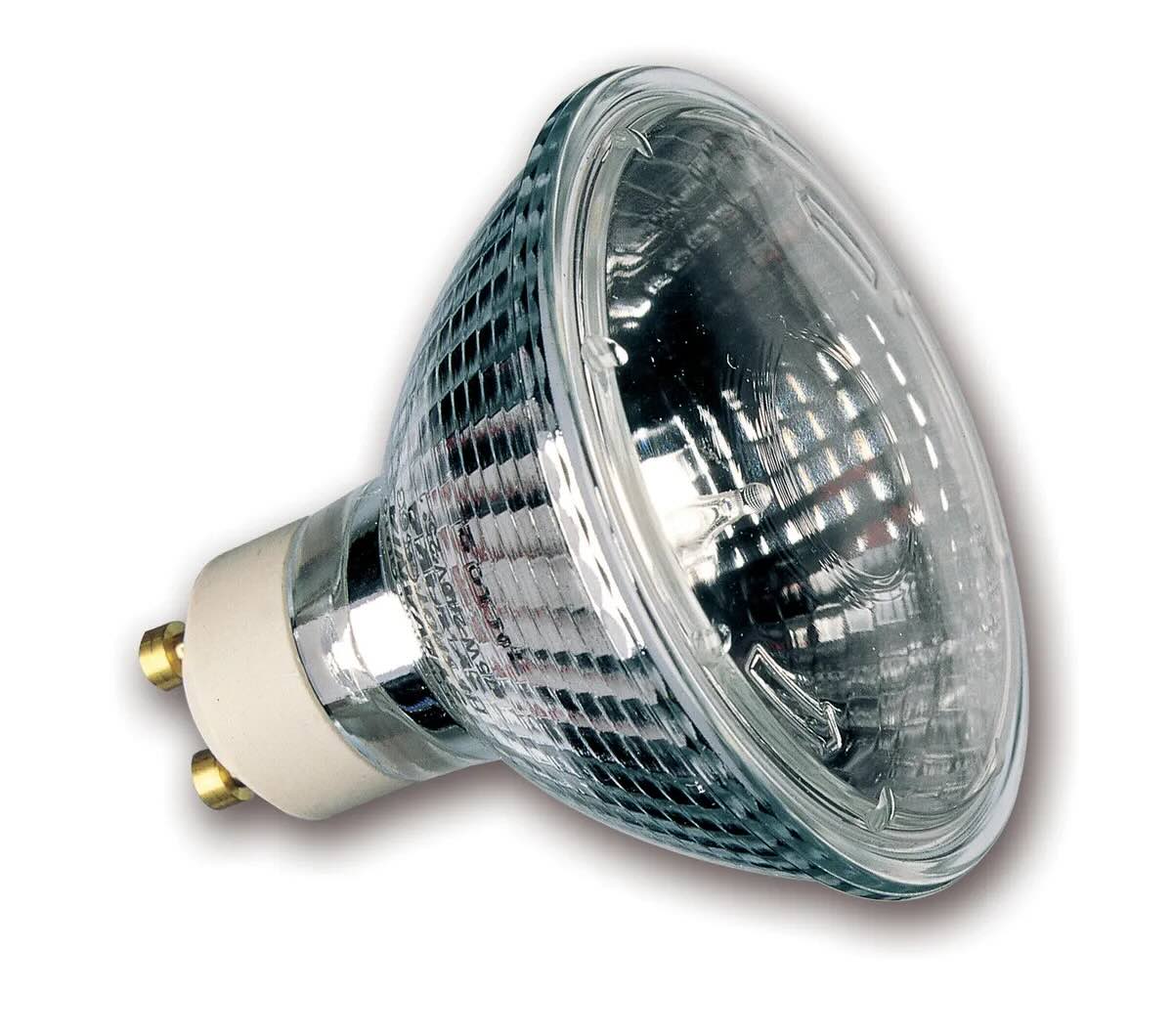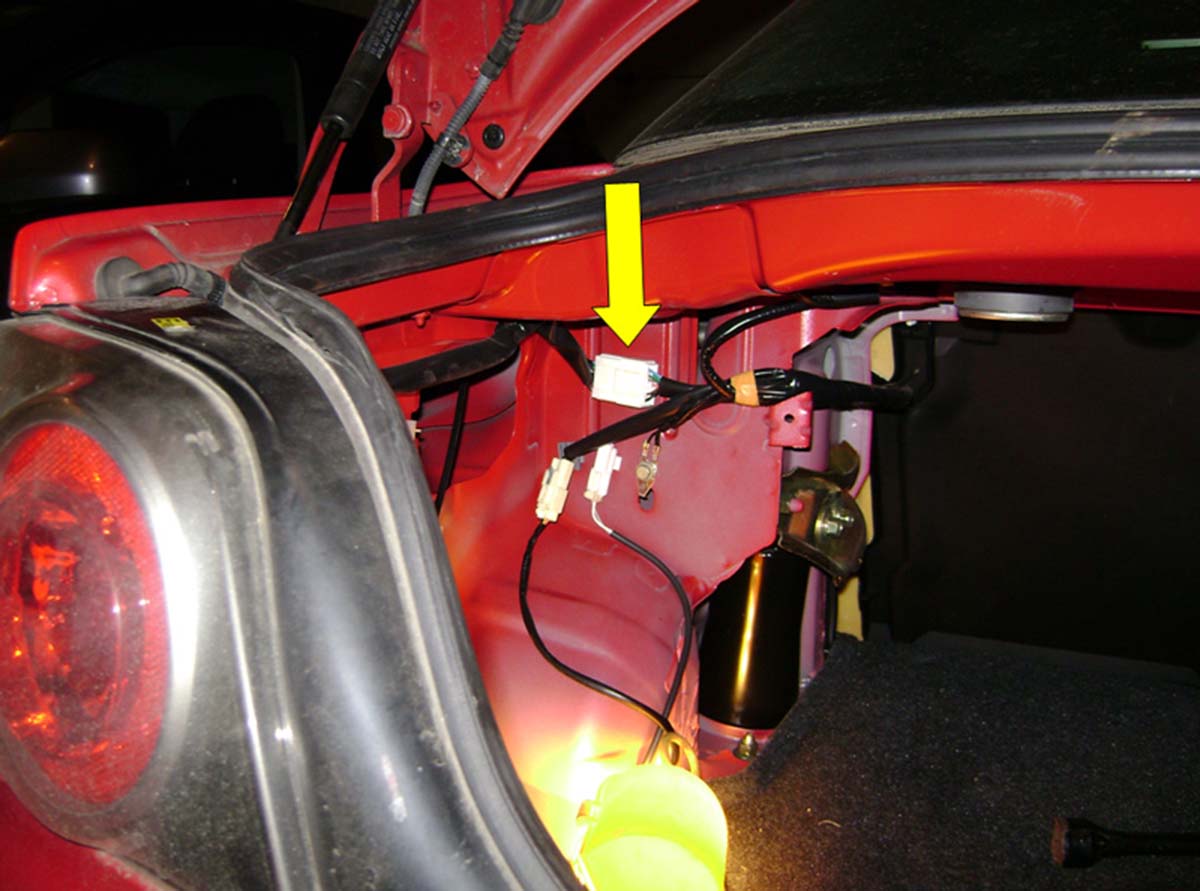

Furniture
What Is A Stop Lamp Fuse
Modified: October 20, 2024
Discover the importance of a furniture stop lamp fuse and how it protects your electrical system. Ensure safety and prevent damage with the right fuse.
(Many of the links in this article redirect to a specific reviewed product. Your purchase of these products through affiliate links helps to generate commission for Storables.com, at no extra cost. Learn more)
Introduction
Welcome to our comprehensive guide on stop lamp fuses! If you own a vehicle, chances are you have encountered a situation where your stop lamp, also known as a brake light, suddenly stops working. One of the common causes for this issue could be a blown stop lamp fuse.
A stop lamp fuse is a small device that protects the electrical circuit of your vehicle’s brake lights. When the fuse detects an overload or a short circuit, it blows and interrupts the flow of electricity, preventing any damage to the wiring or components.
In this article, we will delve into the world of stop lamp fuses, exploring their function, types, selection, installation, and troubleshooting. By the end, you’ll have a clear understanding of how these fuses work and how to ensure your brake lights are always functioning properly.
Key Takeaways:
- Stop lamp fuses protect your car’s brake lights from damage by interrupting the flow of electricity when there’s an overload or short circuit. They are easily replaceable, ensuring your brake lights stay functional.
- When choosing a stop lamp fuse, consider the amp rating, fuse type, and quality. Installing and replacing a fuse is a simple process, but frequent blowing may indicate an underlying issue that requires professional inspection.
Overview of Stop Lamp Fuse
A stop lamp fuse is a vital component in your vehicle’s electrical system, specifically for the brake lights. When you press the brake pedal, an electrical signal is sent to the brake lights, illuminating them and alerting the drivers behind you. The stop lamp fuse acts as a safeguard for this electrical circuit, preventing any damage due to excessive current flow.
Typically, a stop lamp fuse is a small, cylindrical device made of a conductive material with a low melting point. When the current passing through the fuse exceeds its rated value, the conductive element in the fuse heats up, eventually melting and breaking the circuit.
The advantage of using a fuse in the stop lamp circuit is that it can be easily replaced when it blows. This prevents any damage to the wiring or other electrical components, ensuring the longevity of your vehicle’s brake light system.
It’s important to note that the stop lamp fuse is just one part of the overall electrical system that powers the brake lights. Other components include the brake light switch, wiring harness, bulbs, and sockets. However, the fuse plays a critical role in protecting these components from potential damage caused by electrical faults.
Now that we’ve covered the basics, let’s dive deeper into the function and importance of the stop lamp fuse.
Function of Stop Lamp Fuse
The primary function of a stop lamp fuse is to protect the electrical circuit of your vehicle’s brake lights. It acts as a safety mechanism, preventing excessive current flow that could potentially damage the wiring, bulbs, or other components.
When you press the brake pedal, the brake light switch completes the circuit, allowing current to flow to the brake lights. However, in some cases, a short circuit or overload can occur due to a fault, such as a damaged wire or a malfunctioning bulb socket. This can result in a surge of electrical current, which can damage the components in the brake light circuit.
Here’s where the stop lamp fuse comes into play. It is designed to blow when it detects an overload or short circuit, interrupting the flow of electricity. This prevents further damage to the wiring and components, and also serves as an indicator that there is a fault that needs to be addressed.
By blowing the fuse, the circuit is effectively opened, disconnecting the power supply to the brake lights. This ensures that the fault doesn’t lead to more serious issues or pose a safety hazard to you and other drivers on the road.
Furthermore, the stop lamp fuse is a replaceable component, which means that it can be easily swapped out with a new one when it blows. This allows for a quick and cost-effective repair, ensuring that your brake lights are back up and running in no time.
In summary, the function of a stop lamp fuse is to protect your vehicle’s brake light circuit from damage due to electrical faults. It acts as a safety mechanism, preventing excessive current flow and serving as an indicator of a fault in the system.
Types of Stop Lamp Fuses
Stop lamp fuses come in different types and sizes, designed to accommodate various vehicles and electrical systems. Understanding the different types of stop lamp fuses will help you choose the right fuse for your vehicle:
- Glass Tube Fuses: These are the traditional type of fuses that have been used for many years. They consist of a glass tube with metal caps on each end, enclosing a fuse element. Glass tube fuses are available in different amp ratings, and they come in standard sizes like 5A, 10A, 15A, etc. When the fuse blows, the metal fuse element inside the glass tube will be visibly broken.
- Blade Fuses: Blade fuses, also known as spade fuses, are the more modern type of fuses commonly found in vehicles today. They have a plastic body with two metal prongs on the back. Blade fuses are available in various sizes, including standard, mini, and micro. These fuses are color-coded based on their amp ratings, making it easier to identify the correct fuse for your application. When a blade fuse blows, the plastic body appears visibly burned or melted.
- Resettable Fuses: Resettable fuses, also known as circuit breakers or self-resetting fuses, differ from traditional fuses in that they don’t need to be replaced once they blow. Instead, they automatically reset themselves after a cooling period, allowing the circuit to function again. Resettable fuses are commonly used in applications where protection against temporary faults is required.
When choosing a stop lamp fuse, it’s crucial to consult your vehicle’s manual or check the specifications to determine the appropriate amp rating for your brake lights. Using a fuse with the wrong amp rating can result in a blown fuse or even damage to the electrical system.
It’s worth noting that the availability of different fuse types may vary depending on the vehicle make and model. Always refer to the manufacturer’s recommendations when selecting the right fuse for your vehicle.
Now that you’re familiar with the types of stop lamp fuses, let’s move on to the next section, where we’ll discuss how to choose the right fuse for your vehicle.
A stop lamp fuse is a safety feature in a car’s electrical system that protects the brake lights from electrical overload. If your brake lights are not working, check the stop lamp fuse for any signs of damage or wear.
Choosing the Right Stop Lamp Fuse
Choosing the right stop lamp fuse for your vehicle is essential to ensure proper functionality and protection of your brake lights. Here are some considerations to keep in mind when selecting a fuse:
- Amp Rating: The most important factor to consider is the amp rating of the fuse. The amp rating indicates the maximum amount of current the fuse can handle before it blows. To determine the appropriate amp rating for your stop lamp fuse, refer to your vehicle’s manual or consult a professional. Using a fuse with too low of an amp rating can result in constant blowing, while using a fuse with too high of an amp rating can compromise the safety of your electrical system.
- Fuse Type: Consider the fuse type that is compatible with your vehicle’s fuse box or fuse panel. Some vehicles may use glass tube fuses, while others may use blade fuses. Ensure that the fuse type you choose matches the type used in your vehicle to ensure proper fitment and compatibility.
- Quality: Opt for high-quality fuses from reputable manufacturers. Quality fuses are less likely to fail prematurely and offer better protection for your electrical system. Cheap, low-quality fuses may not provide reliable protection and can fail more easily.
- Manufacturer Recommendations: Always refer to your vehicle’s manual or the manufacturer’s recommendations when selecting a stop lamp fuse. They will provide specific information about the appropriate fuse type, amp rating, and any other specifications that are tailored to your vehicle model.
- Backup Fuses: It’s a good practice to keep some spare fuses on hand, especially for essential components like the brake lights. This ensures that you can quickly replace a blown fuse and avoid being stranded on the road.
Remember, if you’re not comfortable or unsure about selecting the right stop lamp fuse for your vehicle, it’s always best to consult with a professional or seek assistance from a trusted mechanic.
Now that you know how to choose the right stop lamp fuse, let’s explore the installation and replacement process in the next section.
Read more: What Is Glass Fusing
Installation and Replacement of Stop Lamp Fuse
Installing and replacing a stop lamp fuse is a relatively simple process that can be done with a few basic tools. Here’s a step-by-step guide:
- Locate the fuse box: The first step is to locate the fuse box in your vehicle. The fuse box is usually located in the interior cabin, under the dashboard, or in the engine compartment. Consult your vehicle’s manual to find the exact location of the fuse box.
- Identify the stop lamp fuse: Once you have located the fuse box, refer to the diagram or labeling on the fuse box cover to identify the fuse slot for the stop lamp fuse. The diagram will also indicate the amp rating of the fuse.
- Remove the blown fuse: Use a pair of needle-nose pliers or a fuse puller tool to carefully grip the blown fuse and gently pull it straight out of the fuse slot. Be mindful not to damage the surrounding fuses or the fuse box.
- Insert the new fuse: Take a new fuse with the appropriate amp rating and insert it into the empty fuse slot. Make sure the fuse is firmly seated and properly aligned with the slots in the fuse box.
- Test the brake lights: Once the new fuse is installed, test your brake lights to ensure they are functioning properly. Press the brake pedal and check if the lights illuminate as expected.
- Secure the fuse box: After confirming that the brake lights are working, securely close the fuse box cover and ensure it is properly latched.
If you’re unsure about the installation or replacement process, refer to your vehicle’s manual or consult with a professional to avoid any damage to the electrical system.
It’s important to note that if the newly installed fuse blows immediately or shortly after replacement, there may be an underlying issue causing the fuse to blow. In this case, it is recommended to have your vehicle inspected by a qualified mechanic to identify and rectify the problem.
Now that you know how to install and replace a stop lamp fuse, let’s explore some common issues and troubleshooting techniques in the next section.
Common Issues and Troubleshooting
While stop lamp fuses are designed to protect the electrical circuit of your vehicle’s brake lights, there can be instances where issues arise. Here are some common problems associated with stop lamp fuses and potential troubleshooting steps:
- Frequent fuse blowing: If you notice that the stop lamp fuse frequently blows, it could indicate an underlying issue in the electrical system. Check for any visible signs of damage, such as frayed wires or corroded connections. Also, inspect the brake light bulbs and sockets for any signs of damage. If you can’t identify the issue, it’s best to consult a professional for a thorough inspection.
- Partial or intermittent brake light operation: If your brake lights are not functioning consistently or exhibit intermittent behavior, it could be due to a loose connection or a faulty switch. Check the wiring connections, bulb sockets, and the brake light switch for any loose or damaged components. Tighten loose connections or replace any faulty parts as needed.
- Dim or flickering brake lights: Dim or flickering brake lights can be caused by a poor ground connection or a voltage issue. Inspect the grounding wire for any corrosion or loose connections. Check the battery voltage and ensure it is within the recommended range. If the issue persists, it’s best to have your vehicle’s electrical system inspected by a professional.
- No brake light illumination: If your brake lights fail to illuminate at all, start by checking the fuse for any signs of blowing. If the fuse is intact, inspect the brake light switch for any faults. The switch is typically located near the brake pedal. Ensure that it is properly adjusted and functioning correctly. If the issue persists, consult a professional for further diagnosis.
- Other electrical issues: Sometimes, issues with stop lamp fuses can be related to other electrical problems in the vehicle. If you experience any unrelated electrical issues, such as malfunctioning turn signals or dashboard lights, it’s worth checking the fuse box for any blown fuses that could be affecting the overall electrical system. Replace any blown fuses and monitor for further issues.
If you encounter complex or persistent electrical problems with your brake lights or the stop lamp fuse, it’s always recommended to seek assistance from a qualified mechanic or an automotive electrician. They will have the expertise and diagnostic tools to identify and resolve the issue effectively.
Now that we’ve covered common issues and troubleshooting techniques, let’s wrap things up in the concluding section.
Conclusion
In conclusion, stop lamp fuses play a crucial role in protecting the electrical circuit of your vehicle’s brake lights. By detecting overload or short circuits, these fuses prevent any potential damage to the wiring, bulbs, or other components. It is important to choose the right fuse with the appropriate amp rating and to follow the manufacturer’s recommendations.
Installing and replacing a stop lamp fuse is a straightforward process that can be done with basic tools. By locating the fuse box, identifying the correct fuse slot, and replacing the blown fuse, you can ensure that your brake lights are in proper working condition.
It’s worth mentioning that if you frequently experience blown fuses or encounter issues with your brake lights, it may indicate an underlying electrical problem that requires professional inspection and repair. They will have the expertise to diagnose and rectify any complex issues.
By understanding the function, types, selection, installation, and troubleshooting of stop lamp fuses, you can maintain the safety and functionality of your vehicle’s brake lights. Remember to consult your vehicle’s manual and seek professional assistance when necessary.
We hope this comprehensive guide has provided you with valuable insights into stop lamp fuses and has equipped you with the knowledge to address common issues. Keep your brake lights shining brightly and stay safe on the road.
Curious about maintaining other home appliances beyond stop lamp fuses? If your microwave is acting up, learning how to tackle fuse replacement might just save the day. Our guide on replacing fuses in GE microwave ovens offers straightforward steps and helpful tips to get your appliance back in action quickly and safely. Don't let a blown fuse disrupt your kitchen routine; check out our practical advice and ensure your microwave runs smoothly.
Frequently Asked Questions about What Is A Stop Lamp Fuse
Was this page helpful?
At Storables.com, we guarantee accurate and reliable information. Our content, validated by Expert Board Contributors, is crafted following stringent Editorial Policies. We're committed to providing you with well-researched, expert-backed insights for all your informational needs.

